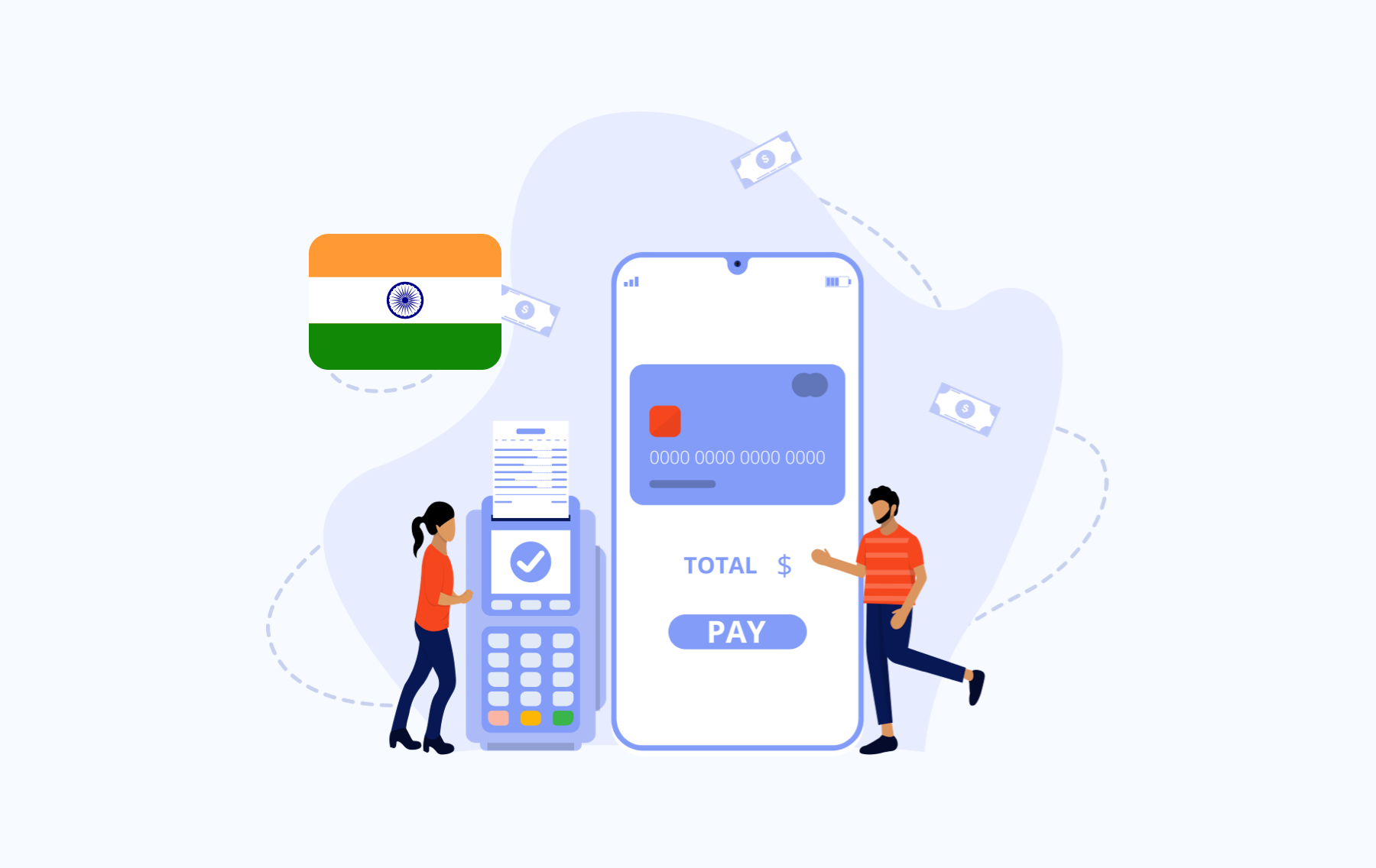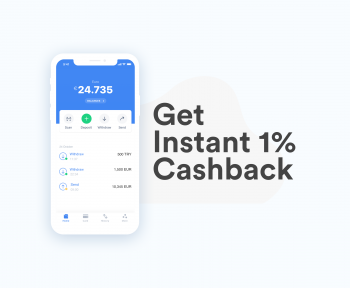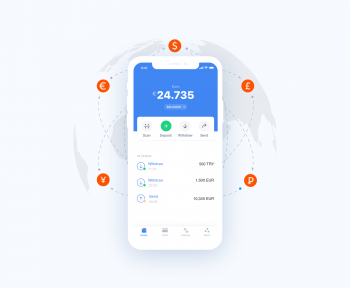India is an exporter of technology as the mathematics-adept population is quick to adapt to the requirements of this decade – as opposed to centuries which are too broad when you take the acceleration of developments. It is no wonder why, behind almost all major software today, you could see Indian engineers, developers and professionals of all sorts. If that was not quick enough, a nano-size virus “decided” that it was time for more involvement on this front – just like how wars and other catastrophes whipped humanity into an overdrive.
What is Online Payment?
In India payments industry is harvesting the crop of the transformation that they have been contributing immensely themselves as well. The second largest country of the world in terms of population has recorded all-time high figures lately as per the information provided by the Ministry of State for Finance. The fiscal year of 2017-18 registered a number of 1459 crore which is roughly more than 195 billion USD and that figure tripled by the fiscal year of 2020-21 that amounts to 585 billion USD.
Digital payments in India has two factors that enable such enormous growth – the digitization efforts that have been sustained by the government on a dedicated basis and, unfortunately, the pandemic that engraved the idea that a cashless, contactless world must be here and here now.
The India payments market is still closely knit with the banknotes in circulation in India which has surpassed some 2,8 million crore rupees and such quantity relies on banknote demand rises in proportion with GDP growth, replacement of the soiled ones, inflation and without any surprises, the growth of cash-free modes of India payments industry.
How to Make Online Payment in India
Professional sources claim that in 12 months prior to the third quarter of 2021, digital payments in India reported a dazzling 76% growth welcoming quite some first-time digital payments users. The same sources expect the eager India payments industry to hit the mark of 700 billion USD by 2022. The vast and crowded country definitely has all the tools to innovate safer and quicker ways of such digital transformation through its fintech entrepreneurships. India is already en route to becoming among the top in blockchain technology, cryptocurrencies, cloud-based payments and other hybrid modes empowered by artificial intelligence, Internet of Things (IoT) and machine learning.
As aforementioned, digital payments in India has been spearheaded by government program of demonetization in 2016 however the has no less been rocket-fueled by the COVID-19 pandemic that took the world by storm, wreaking havoc while leaving a scorched earth behind that forced the civilization to pursue safer ways that would not hinder commerce any further. The fear of contracting the disease made people flock in numbers to cashless or contactless methods to do what they need to do, from banking, to payments, business, acquiring any type of goods and services from groceries to medical supplies.
And now, India payments are taking an even bolder step as per the announcement of the Prime Minister Modi who introduced e-RUPI a government-backed cashless and contactless, person and purpose-specific payment method that will be no less effective in the march of digital payments.



